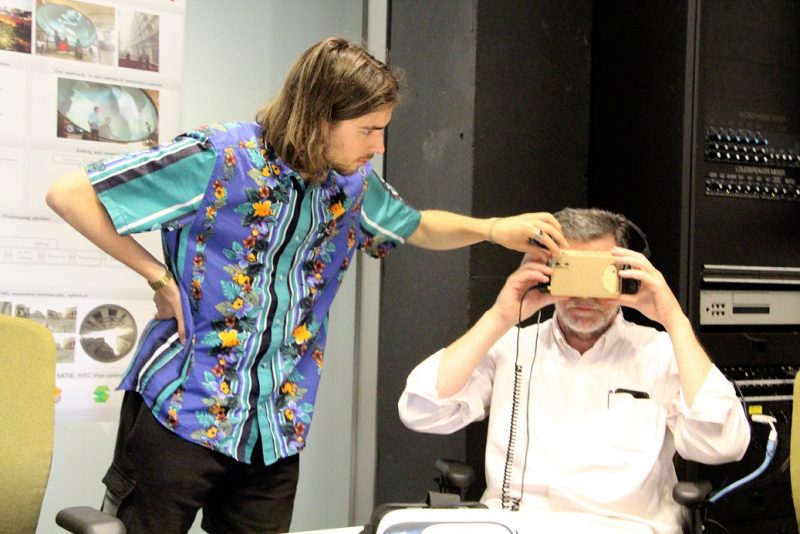By Richard Yanaky, Lead Developer
This is our first in a new series of posts that will help keep you up to date on our development process of a new tool that will help professionals plan for better sounding cities. Today’s post introduces the tool’s intent. You can keep track of this series of posts by following through the tools-for-soundscape-design tag.
Helping professionals plan for sound
We’ve been listening to not only the world around us, but also to you, the professionals that are helping our cities sound better. We recognize that you already have a lot on your plates to make our cities both functional and aesthetically pleasing. Yet, we are continually asking you to do more and more for us, in new ways that many of you have never been formally trained in. To help things along, we have been taking active steps to provide you with better tools for this new task.
Make room, sound level meter! We’re giving you a partner
We love our trusty sound level meters (SLM). They provide us with valuable information to help keep everything in a legal and ‘acceptable’ decibel range, and is the current tool of choice when inspecting noise violations in our cities. But don’t be mistaken – they can’t do everything. In fact, their usage is highly limited to the context they were taken from; time of day, location, sound source, etc. will all be highly relevant. Furthermore, sound level meters only work in places that already exist – not ones that are still in the planning phase. As such, we need a new tool that will help us proactively stop problems before they even start. We know there are models for estimating sound levels, but what about sound quality?
A new tool to help you experience your sound design decisions
Since the primary tool for noise management cannot stand by itself, it must be supplemented with more help. Our proposed tool under development is an immersive soundscape simulator. Using this, professionals will be able to manipulate a sound environment in a 3D space to experience the acoustic consequences of your design choices over extended periods of time. Through a quick and simple interface, you’ll be able to quickly change and compare different design choices.
We realize that several soundscape simulators have been created in the past. However, these have typically been created by researchers, for researchers, with specific goals in mind. For this project, we are focusing specifically on your needs, rather than our own. We’ll be touching base with you along the way so that we can seamlessly introduce this into your existing workflow. That said, we’ve already got a head start on that part.
Supported by years of transdisciplinary research
For years now, the Sounds in the City team has been conducting research on soundscapes and how they can aid in making our cities not only sound less bad, but rather, how we can make our cities sound better. We’ve taken a multifaceted approach to this, including:
- analyzing sound management regulations and practices across the globe.
- conducting experiments on what constitutes a ‘good’ soundscape by analyzing both the physical aspects of sound, as well as how we perceive them.
- looking at how sounds affect people, and how this in turn, affects the usage of public space.
- working with industry partners and citizens to perform soundscape interventions. Together, we’ve transforming underutilized city space into vibrant pocket parks.
- holding annual workshops to help share expert soundscape knowledge with professionals.
These partnerships and experiences have brought us to the next logical step: the development of new tools that will both provide training for professionals on fundamental soundscape methods, as well as provide an immersive sandbox that professionals can use as a sounding board to experiment with their own creative soundscape ideas.
Stay tuned for more details!
We’ll be sharing different tool features, design choices, and other enlightening information throughout the development process. We’ll also be welcoming feedback from our potential users throughout the design process.
